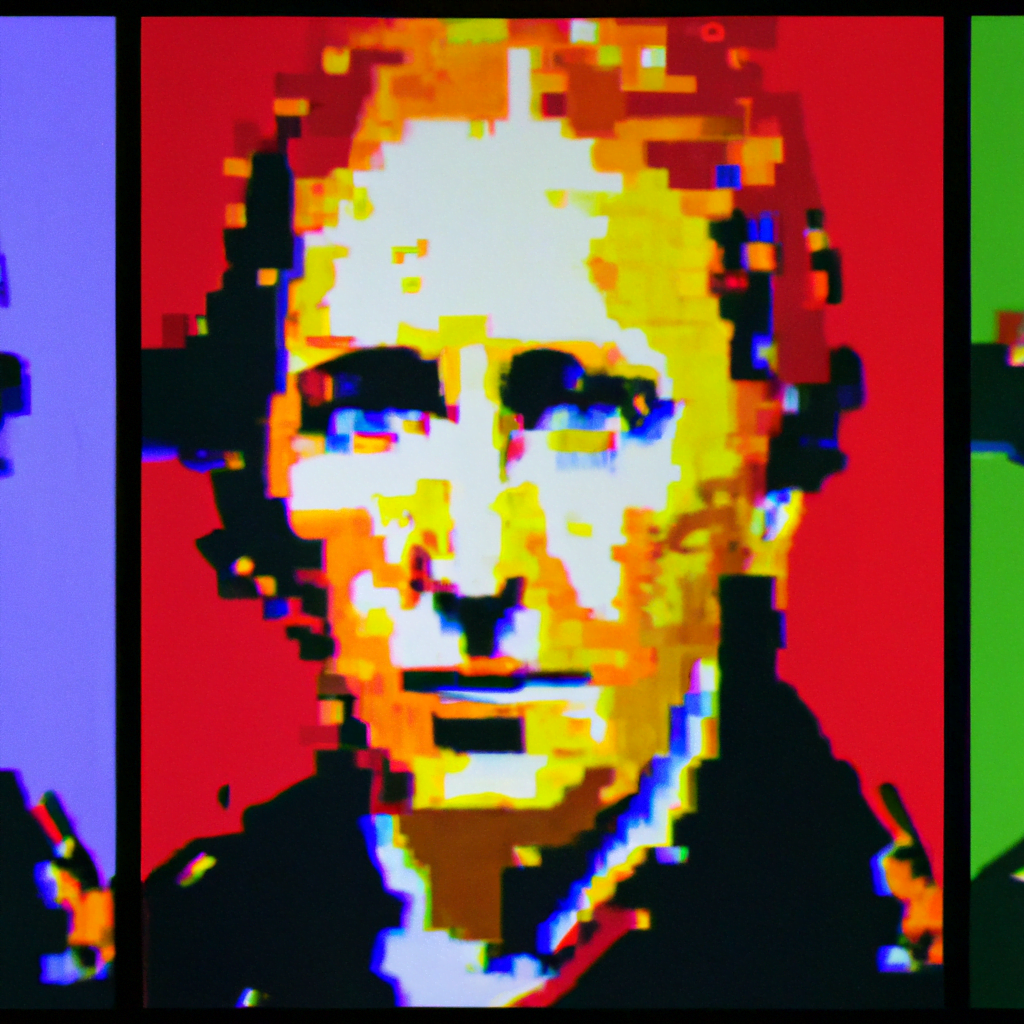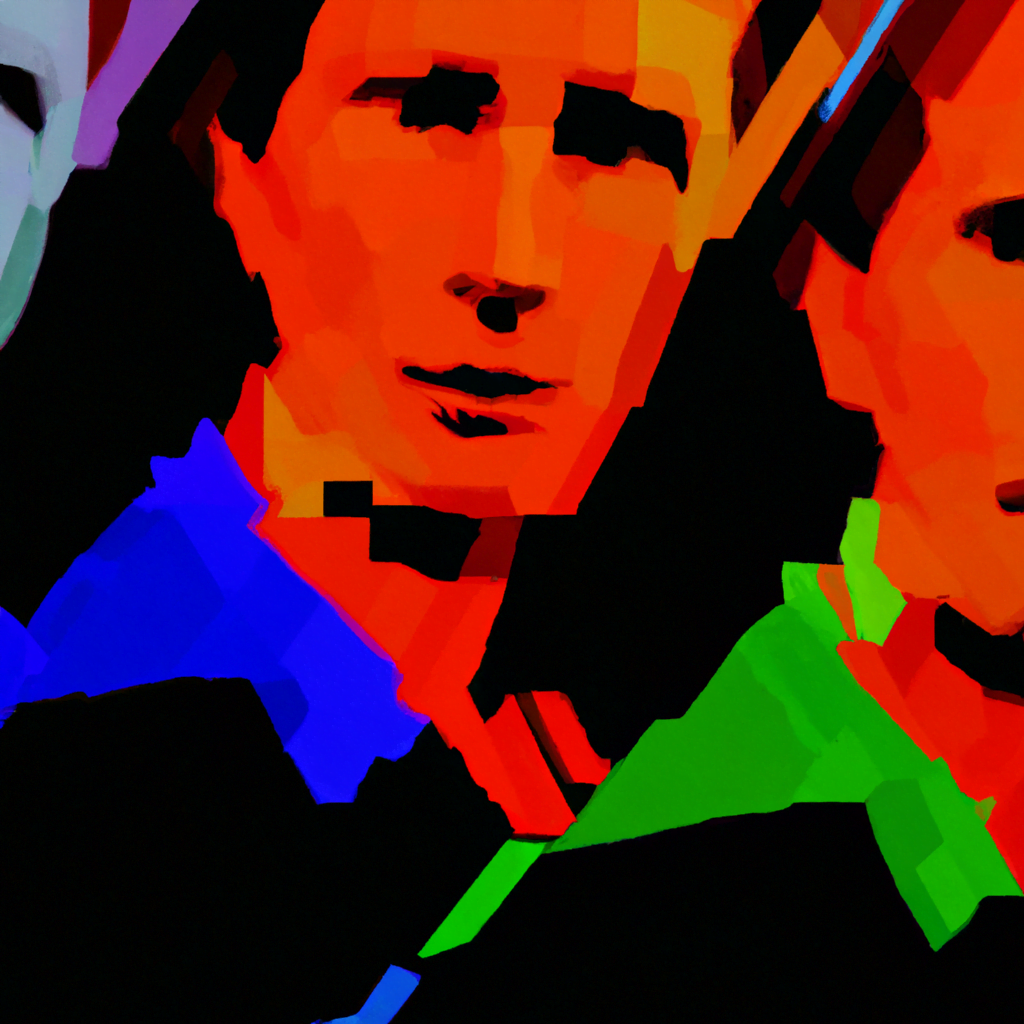
The Intersection of AI and Data Visualization in Design

Data visualization is a powerful tool that allows us to understand complex information quickly and effectively. It helps us make sense of large datasets, identify patterns, and communicate insights. With the advent of artificial intelligence (AI), data visualization has taken on a new dimension. AI-powered data visualization tools are revolutionizing the way we analyze and present data, enabling us to uncover hidden insights and create more impactful designs. In this article, we will explore the intersection of AI and data visualization in design, and how it is shaping the future of information communication.
The Role of AI in Data Visualization
Artificial intelligence has the potential to transform data visualization by automating and enhancing various aspects of the process. Here are some key ways in which AI is being integrated into data visualization:
- Data Analysis: AI algorithms can analyze large datasets and identify patterns, trends, and anomalies that may not be immediately apparent to human analysts. This helps designers gain deeper insights into the data and make more informed decisions.
- Automated Visualization: AI can automatically generate visualizations based on the data provided. By understanding the underlying structure and relationships within the data, AI algorithms can create visual representations that effectively communicate the information.
- Interactive Design: AI-powered data visualization tools can enable users to interact with the visualizations, exploring different aspects of the data and gaining a deeper understanding. This interactivity enhances user engagement and facilitates data exploration.
- Personalization: AI algorithms can analyze user preferences and behavior to create personalized visualizations tailored to individual needs. This customization improves the user experience and ensures that the most relevant information is presented.
Examples of AI-Powered Data Visualization
Several companies and organizations are already leveraging AI to enhance data visualization. Let’s explore some notable examples:
Google’s AutoML Vision
Google’s AutoML Vision is an AI-powered tool that allows users to create custom image recognition models without any prior machine learning expertise. This technology can be applied to data visualization by automatically analyzing images and generating visual representations of the identified objects or patterns. For example, a retail company could use AutoML Vision to analyze product images and create visualizations that highlight popular products or customer preferences.
IBM Watson Analytics
IBM Watson Analytics is a data analysis and visualization platform that utilizes AI to uncover insights from complex datasets. The platform’s AI capabilities enable users to explore data through natural language queries, automatically generate visualizations, and receive recommendations for further analysis. This empowers designers to quickly identify trends and patterns in the data, leading to more effective visualizations.
Tableau’s Ask Data
Tableau’s Ask Data feature leverages natural language processing and AI to enable users to ask questions about their data in plain English and receive instant visualizations as answers. This eliminates the need for complex queries and coding, making data exploration and visualization more accessible to a wider audience. By combining AI with data visualization, Tableau is democratizing data analysis and empowering users to make data-driven decisions.
The Benefits of AI-Powered Data Visualization
The integration of AI and data visualization offers several benefits that can greatly enhance the design process and improve the effectiveness of communication. Here are some key advantages:
- Efficiency: AI algorithms can process and analyze large datasets much faster than humans, enabling designers to gain insights and create visualizations more efficiently.
- Accuracy: AI-powered data analysis reduces the risk of human error and bias, ensuring that the visualizations accurately represent the underlying data.
- Discovering Hidden Insights: AI algorithms can uncover patterns and relationships in the data that may not be immediately apparent, helping designers discover hidden insights and make more informed decisions.
- Enhanced User Experience: AI-powered data visualization tools can provide interactive and personalized experiences, improving user engagement and facilitating data exploration.
- Improved Decision-Making: By enabling designers to quickly analyze and visualize data, AI empowers them to make data-driven decisions and communicate insights effectively.
The Future of AI and Data Visualization
The intersection of AI and data visualization holds immense potential for the future. As AI continues to advance, we can expect to see further innovations in this field. Here are some trends that are likely to shape the future of AI-powered data visualization:
- Advanced Natural Language Processing: AI algorithms will become even better at understanding and interpreting natural language queries, making data exploration and visualization more intuitive.
- Real-Time Data Visualization: AI-powered tools will enable designers to visualize real-time data streams, allowing for dynamic and up-to-date visual representations.
- Automated Storytelling: AI algorithms will be able to analyze data and automatically generate compelling narratives and visualizations that effectively communicate insights.
- Augmented Reality (AR) Visualization: AI-powered AR technologies will enable users to visualize data in the real world, creating immersive and interactive experiences.
- Collaborative Design: AI-powered data visualization tools will facilitate collaboration among designers, allowing for real-time feedback and iterative design processes.
Summary
The integration of AI and data visualization is transforming the way we analyze and present information. AI-powered tools are automating and enhancing various aspects of the data visualization process, enabling designers to gain deeper insights, create more impactful visualizations, and improve the user experience. Companies like Google, IBM, and Tableau are already leveraging AI to enhance data visualization, and the future holds even more exciting possibilities. As AI continues to advance, we can expect to see further innovations in natural language processing, real-time visualization, automated storytelling, augmented reality, and collaborative design. The intersection of AI and data visualization is a powerful combination that will shape the future of information communication.
